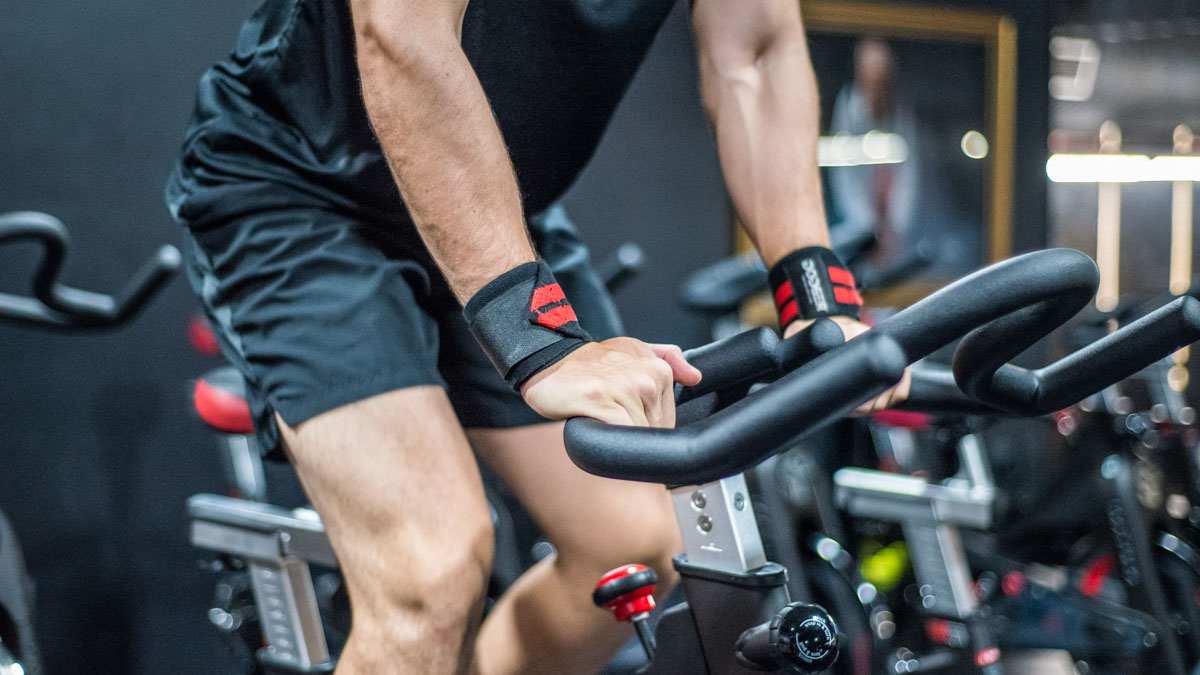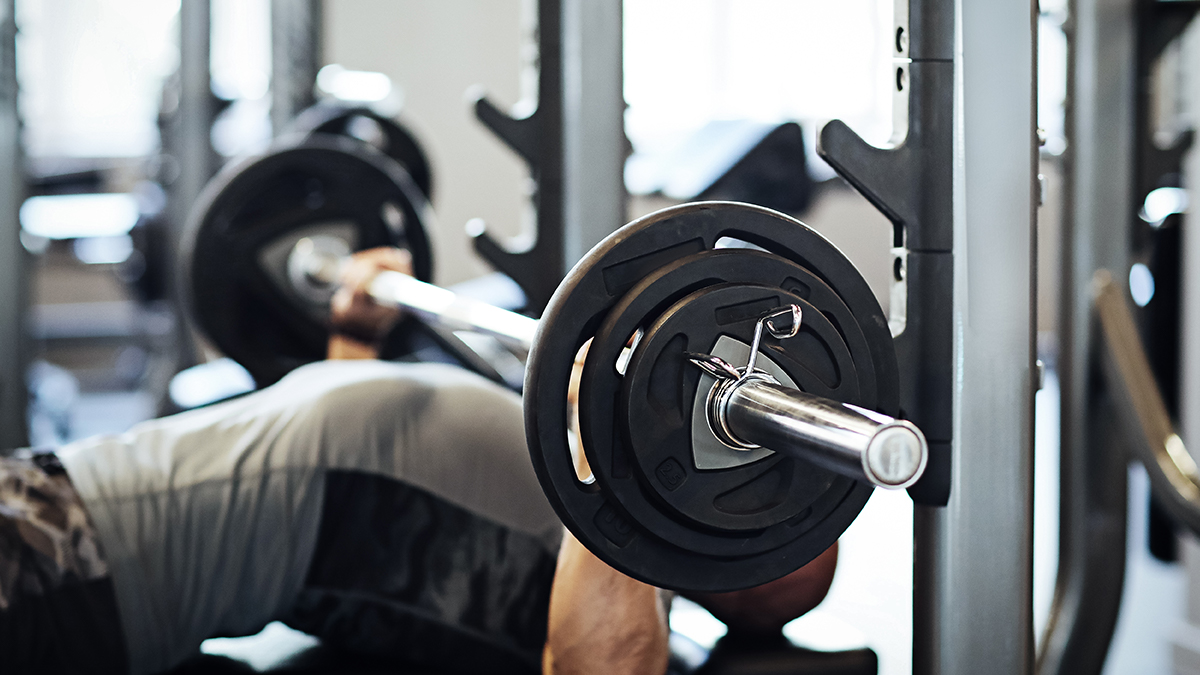Skeletal muscle fiber adaptations are at the core of strength gains for cycling. Not all fibers react in the same way to stimuli; each has their own set of properties and their own response to training. Teams of fibers come together to generate force, with intensity and duration of the effort being major factors in determining which fibers are called upon. So, let us examine each fiber type as it relates to training intensity, fatigue and more.
In training, targeting specific intensities and durations will lead to adaptations in certain fibers more than in others. Neural adaptations contribute greatly to initial strength gains to help mediate growth. While some morphological changes happen initially, it can take 2-4 weeks or more to make long term gains in muscle, making consistency in training the key (1).
Type 1
When it comes to endurance training, Type 1 fibers are predominant. These fibers are the workhorses behind long days in the saddle. Type 1 fibers have a high capacity for aerobic metabolism with greater mitochondrial density and oxidative enzyme capacity, giving them the ability to utilize the body’s largest reserve of fuel, fat, along with muscle glycogen and oxygen for energy. These fibers are highly resistant to fatigue, both within a training day and throughout a training season, making them your last line of defense on any ride. Aerobic training of these fibers will lead to increased aerobic capacity. This will lead to increased fatigue resistance, giving you more ability to recover from harder efforts while maintaining zone 2 and 3 power for longer periods of time.
Targeted Training Zones – Zone 1 Active Recovery, 2 Endurance, 3 Tempo. <55 – 90% Threshold Power
Type 2A – Type 2X
We are grouping these fibers together since they are similar, with one main difference: the amount of aerobic or anaerobic capacity each fiber carries (1). Type 2A fibers are more aerobic and are utilized in 10-20-minute time trial efforts, while Type 2X fibers fall towards the anaerobic side of things and are used for shorter bursts of power such as a 1-3-minute climb on race day. Both fibers are heavily recruited during a race, making it important to train these fibers at least 6-8 weeks out from a key event.
These fibers have a few limitations, namely resistance to fatigue. Within a workout, genetics and fitness are going to determine how many threshold efforts you can perform, but once you hit your fatigue limit for these fibers, you will be forced to spin it to the finish easier, relying mainly on type 1 fibers.
Throughout a season, focusing too much or too often on training these fibers will result in higher levels of chronic training fatigue. Signs of such fatigue include declines in threshold power, plateaus, or the inability to achieve your “top end.” The other limitation is available fuel. Both fibers have a greater dependency on the body’s limited stores of muscle glycogen for energy. You can burn glycogen faster than you can replenish it, making it important to manage time spent working these fibers within a workout.
Targeted Training Zones – Zone 4 Threshold, Zone 5 VO2max – 91-120% of Threshold power
Type 2B
These fibers are your anaerobic power providers, such as for a 10 second sprint at max power. Some of the top sprinters in the world can average upwards of 1500-2000 watts for 10-30 seconds, representing a true anaerobic effort in cycling. The main source of fuel is from stored ATP, creatine phosphate and some anaerobic glycolysis of muscle glycogen (3). This fuel is in very short supply within the muscle but fortunately is replenished fast with recovery, around 3-5 minutes. Type 2B fibers have the highest rate of fatigue, which means you’re going to have a limited amount of sprints at max power within a race or a workout before you can no longer achieve the power needed to recruit these fibers.
Targeted Training Zones – Zone 6 Anaerobic capacity – 121-500% >
Cycling is mainly aerobic with a focus on using the muscles within the legs and hips—and muscle fibers will generally stay the same size or have small increases in size with aerobic training. However training anaerobically (such as with heavier, low-rep Olympic lifts) will lead to gains in fiber size across the board, with type 2 fibers adapting the most. The type of exercise intensity you do the most will determine how the fibers will adapt; determine the needs for your key events, then train with proper intensity at the right times to reach the finish line as strong as possible!
References
Brown, L., NSCA (2016) Strength Training, Second Edition, Human Kinetics, Inc.
Berg JM, Tymoczko JL, Stryer L. Biochemistry. 5th edition. New York: W H Freeman; 2002. Section 30.4, Fuel Choice During Exercise Is Determined by Intensity and Duration of Activity.









